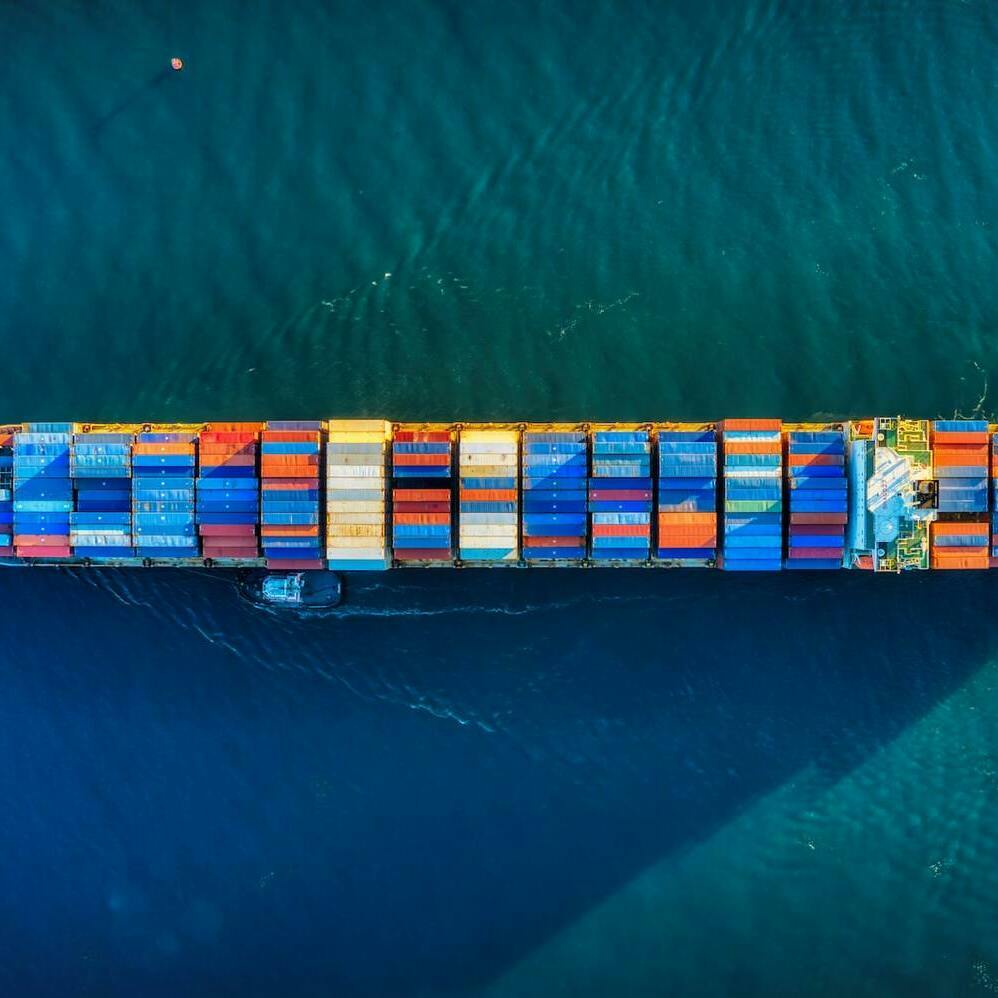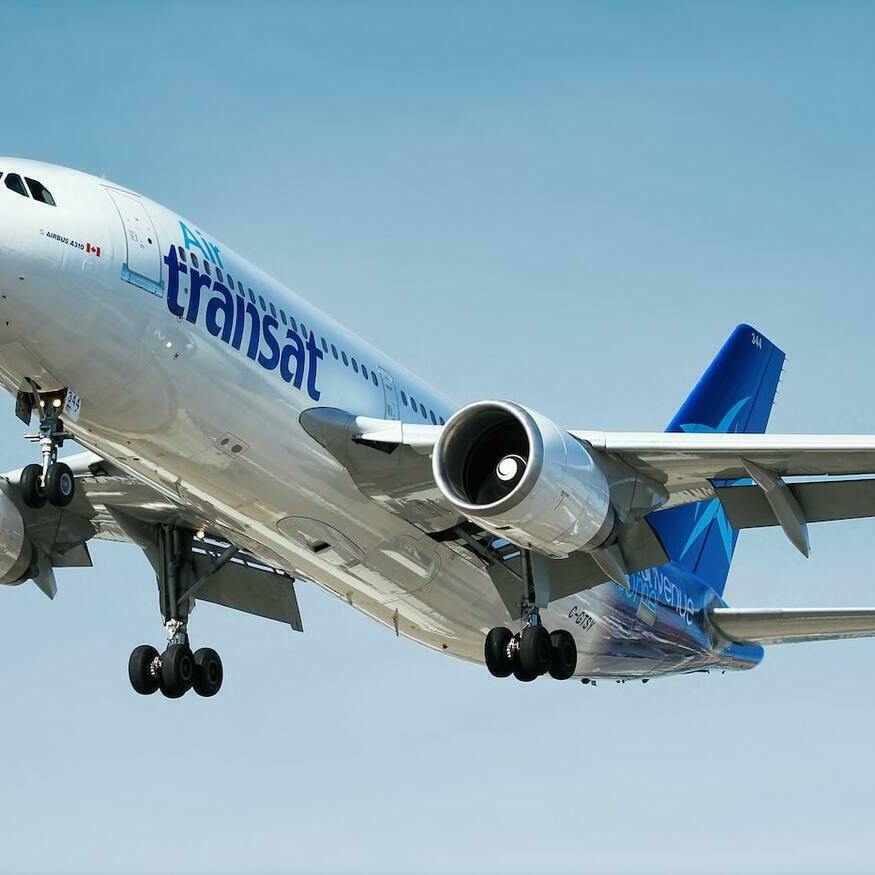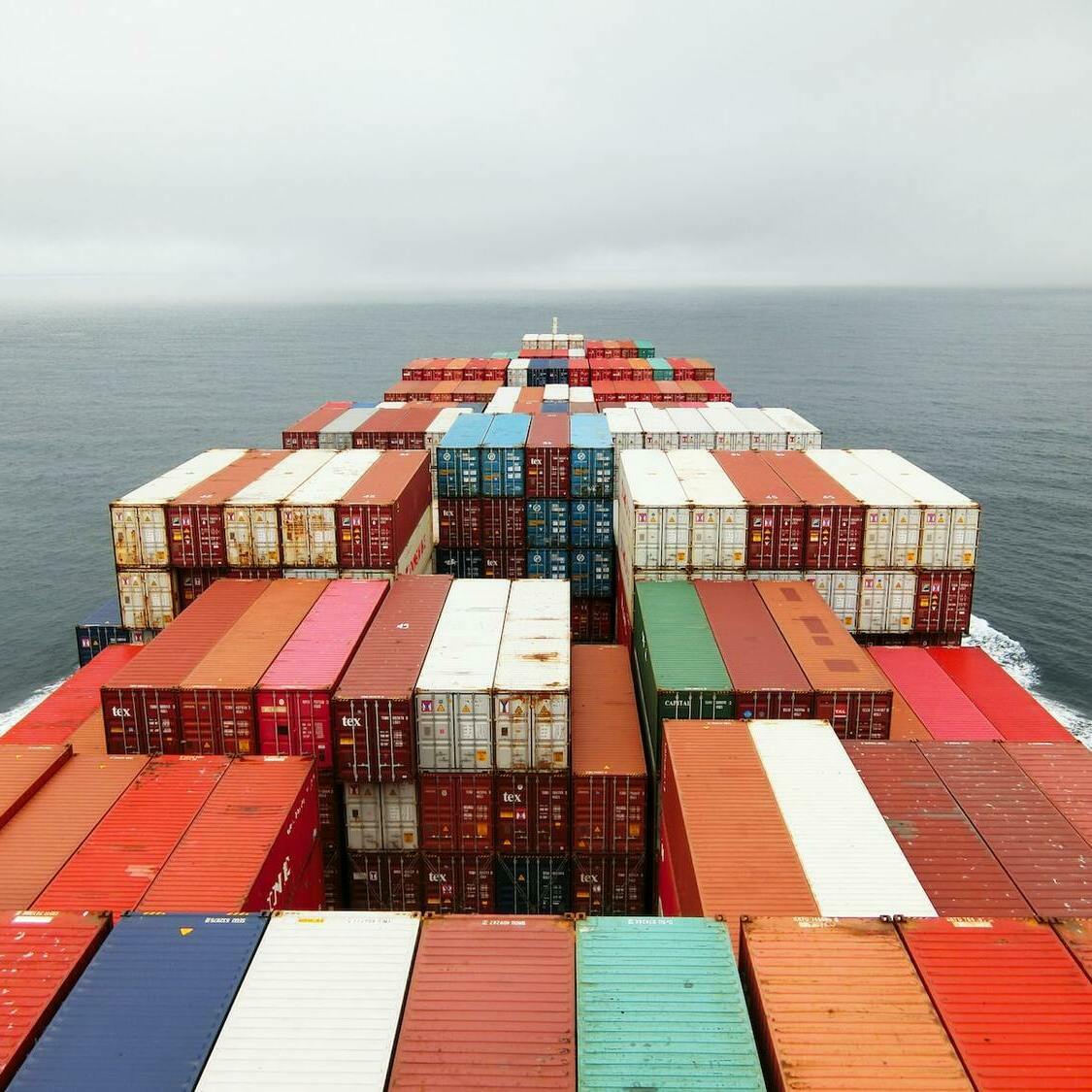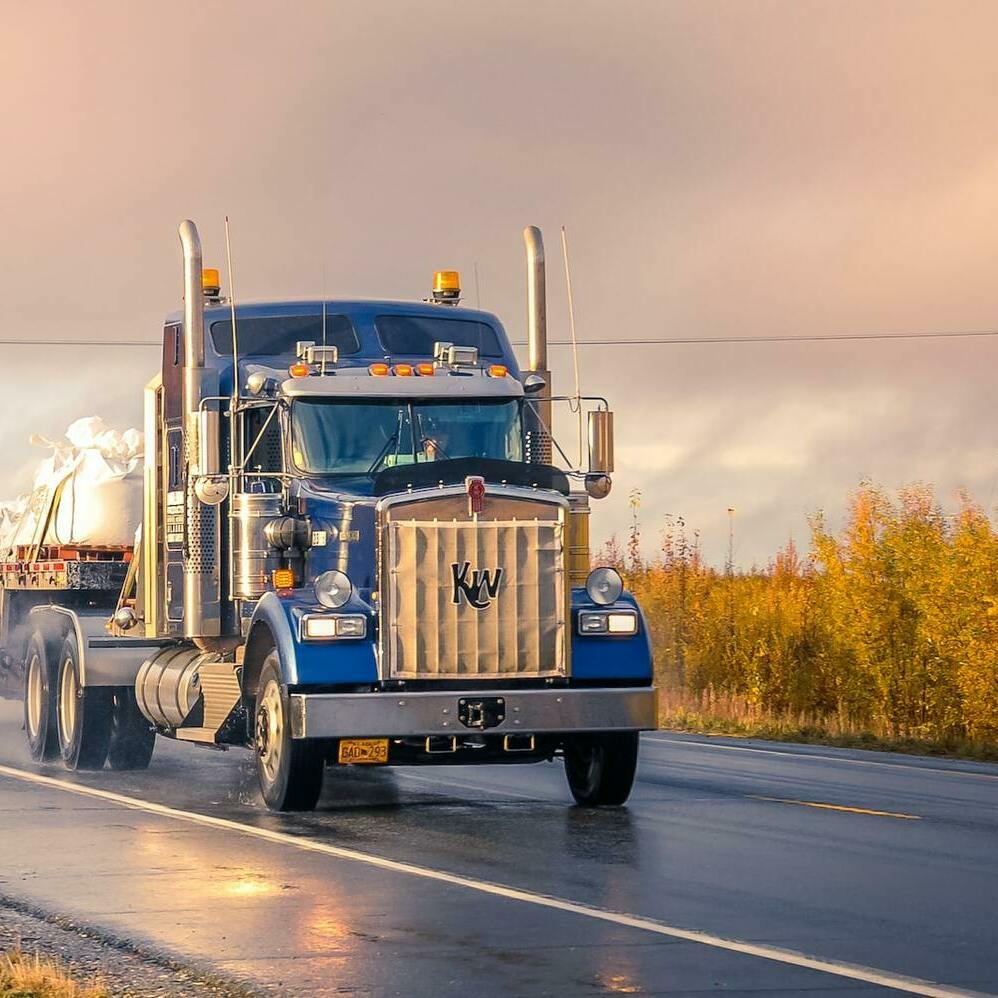On Time Customs Brokerage Blog:
Customs Bonds 101: Understanding the Importance of Selecting the Right Type for Your Business
Introduction: Understanding the Importance of Customs Bonds
Selecting the right type of bond is an important step in the customs clearance process. Customs bonds are required to protect the revenue of the United States and to ensure that importers pay the duties, taxes, and fees owed to the government. Choosing the wrong type of bond or not having enough bond coverage can lead to penalties and fines, which can be costly for the importer.
Types of Customs Bonds: Single Entry, Continuous, and Periodic Bonds
There are several types of customs bonds that importers can choose from, including single entry bonds, continuous bonds, and periodic bonds. A single entry bond is required for each individual shipment and is calculated based on the value of the goods, plus any duties, taxes, and fees. A continuous bond, also known as an annual bond, is valid for multiple customs entries up to one year from the date of issuance and is calculated based on the importer's estimated duties, taxes, and fees for the year. A periodic bond is required for specific types of imports, such as alcohol and tobacco products, and is calculated based on the importer's estimated consumption for a specific period.
Choosing the Right Type of Bond for Your Business Needs
It's important for importers to consider their business needs and the type of goods they import when selecting a bond type. If an importer has a high volume of imports and a consistent flow of goods, a continuous bond may be more suitable. On the other hand, if an importer has infrequent imports, a single entry bond may be more appropriate.
Obtaining a Bond
One of the most important steps in the customs clearance process is obtaining a bond. Customs bonds are required to protect the revenue of the United States and to ensure that importers pay the duties, taxes, and fees owed to the government. There are several ways to obtain a bond, including working with a customs broker or a surety company.
One option is to work with a customs broker, who can help you navigate the bond application process and ensure that you have the correct type of bond and enough bond coverage to protect against any potential penalties or fines. Customs brokers have a deep understanding of the bond application process and can help you avoid costly mistakes.
Another option is to work directly with a surety company, which is a financial institution that specializes in issuing bonds. Surety companies can provide you with a bond that meets your specific needs and can help you navigate the bond application process.
Regardless of the method you choose, it's important to work with a professional who has experience in the bond application process and can help you avoid costly mistakes. Obtaining the right bond and enough bond coverage is crucial for protecting your revenue and ensuring compliance with government regulations.
Bond Coverage: Protecting Your Revenue and Ensuring Compliance
It's also important for importers to have enough bond coverage to protect against any potential penalties or fines that may be assessed by Customs and Border Protection. Inadequate bond coverage can lead to financial difficulties for the importer and may cause disruptions to the import process.
Choosing the right type of bond and having enough bond coverage is crucial for protecting the importer's revenue and ensuring compliance with government regulations. It's important to work with a customs broker or a surety company to ensure that the bond is calculated correctly and that the importer is protected.
Calculating the Bond Amount: How to Determine the Maximum Liability
Calculating the bond amount for a single entry or continuous bond is an important step in the customs clearance process. The bond amount represents the maximum liability that the surety company, which issues the bond, will assume in the event that the importer fails to pay the duties, taxes and fees owed to the government.
A Customs Bond is required for:
- Commercial goods valued at $2,500 or more
- Commercial goods regulated by any Partner Government Agency (PGA) such FDA, EPA, USDA etc.
A single entry bond is required for each individual shipment and the bond amount is calculated by adding the value of the goods, plus any duties, taxes and fees. The bond amount cannot be less than $100, unless specified by law or regulation. For example, if the value of a shipment is $10,000 and the duties, taxes, and fees are $1,500, the bond amount would be $11,500.
A continuous bond, also known as an annual bond, is valid for multiple customs entries up to one year from the date of issuance. The standard limit of liability for a continuous bond is $50,000, but it can be higher. The bond amount is calculated based on 12 months of duties, taxes and fees on import transactions multiplied by 10%. For example, if an importer anticipates paying $100,000 in duties, taxes and fees over the course of the year, the bond amount would be $100,000 x 10% = $10,000.
It is important to note that the bond amount should be based on the importer's best estimate of the duties, taxes, and fees that will be owed for the upcoming year. If the actual amount exceeds the bond amount, the importer will be liable for the difference. Therefore, it's important to work with a customs broker or a surety company to ensure that the bond amount is calculated correctly and that the importer is protected.
When calculating the bond amount, it's important to consider not only the value of the goods but also any duties, taxes, and fees that will be owed. By getting an accurate estimate of the bond amount, importers can ensure they are protected and can avoid penalties and fines for non-compliance.
Mastering the Customs Clearance Process: 4 Simple Steps to Streamline Your Imports
Customs clearance is a process that importers and exporters must go through in order to comply with government regulations and ensure that their goods can be legally imported or exported. The process can seem daunting, but by breaking it down into four easy steps, it becomes much more manageable.
Step 1: Gathering and preparing documents
The first step in the customs clearance process is to gather and prepare all of the necessary documents. These documents include the commercial invoice, bill of lading or air waybill, packing list, and any other required documents, such as a certificate of origin or a license for controlled goods. It's important to make sure that all of the information on these documents is accurate and complete, as any errors or omissions can cause delays in the clearance process. This step is also crucial because it is a way of verifying that the goods you are importing or exporting meet the regulations of the customs in question.
Step 2: Classifying and appraising the goods
The second step is to classify and appraise the goods. Customs officials will use the Harmonized Tariff Schedule (HTS) to classify the goods and determine the applicable duties and taxes. They will also appraise the goods to determine their value for the purpose of calculating duties and taxes. It's important to note that this step is also important for determining compliance with other regulations such as safety, labeling, and intellectual property.
Step 3: Paying duties and taxes
The third step is to pay any applicable duties and taxes. This can be done either at the time of clearance or within a specified period of time after clearance. It's important to note that failure to pay duties and taxes can result in penalties and fines, and can cause delays in the clearance process.
Step 4: Clearing the goods
The final step is to clear the goods. This involves releasing the goods to the importer or exporter after all of the necessary documents have been reviewed and all of the applicable duties and taxes have been paid. Once the goods are cleared, they can be picked up or transported to their final destination.
By following these four easy steps, importers and exporters can navigate the customs clearance process with confidence. It's important to work with a customs broker or freight forwarder to ensure that the process goes smoothly and to avoid any potential delays or complications. Additionally, it's important to stay informed about any changes to regulations or procedures, as this can affect the customs clearance process.
Entering New International Markets: A How-To Guide
Entering new international markets can be a daunting task for any business, but with the right planning and execution, it can also be a highly rewarding experience. This guide will provide a comprehensive overview of the key steps and strategies for successfully expanding your business into new global markets.
Conduct Market Research: Before making any major decisions, it's crucial to gather as much information as possible about the potential market. This includes researching things like the size of the market, the cultural and economic environment, and the competitive landscape. This research will help you identify potential opportunities and challenges, and will inform the development of your international market entry strategy. Some tools that can be used to conduct market research include surveys, focus groups, secondary research, andBlog resources from trade.gov such as export counselors, trade data, and market reports.
Develop a Clear Strategy: Once you have a good understanding of the market, you'll need to develop a clear strategy for entering it. This should include things like identifying your target audience, determining which products or services you will offer, and identifying the most effective distribution channels. It's also important to consider things like pricing, marketing, and customer service, as these will all be critical factors in your global market expansion.
Build a Strong Team: Entering new markets often requires a diverse set of skills and expertise, so it's important to assemble a team with the right mix of experience and knowledge. This might include people with experience in international business, marketing, and sales, as well as those with expertise in specific areas like logistics or regulatory compliance.
Establish a Local Presence: To be successful in a new market, you'll need to establish a local presence. This might involve setting up a physical office or warehouse, or hiring local staff who can help you navigate the cultural and business landscape. It's also important to develop relationships with local partners and suppliers, as these can be valuable resources as you grow your business.
Be Prepared for Challenges: Entering new markets can be challenging, and it's important to be prepared for obstacles along the way. Some common challenges include language barriers, cultural differences, regulatory challenges, logistics challenges and competition. To overcome these challenges, it is recommended to hire local staff who are fluent in the local language, conduct cultural sensitivity training, seek advice from local legal experts, work with experienced logistics partners, and focus on building a unique value proposition, developing strong relationships with local partners and customers, and leveraging your company's strengths and resources.
By following these steps, you'll be better prepared to enter new international markets and take advantage of the opportunities they offer. Remember to be patient, persistent, and open-minded as you explore new markets, and always be willing to learn and adapt as you go. Additionally, don’t hesitate to use the resources available through trade.gov to help you in your international market entry planning and execution. It’s always wise to take advantage of the support provided by government agencies to ensure a smooth and successful transition into new markets.





